โลกปลาหมอสีสายพันธุ์ แท้ๆ ทั้งจาก ทะเลสาบมาลาวี, ทังแกนยิกา, หรือ ปลาหมอสี สายพันธุ์ แท้ จาก ทวีปอเมริกา ตลอดจน ปลาหมอแคระ ชนิดต่างๆ อยากให้เว็บบอร์ด นี้ มีส่วนช่วยให้คนรักปลา รู้จัก ไม่ลืม ในสายพันธุ์ ดั้งเดิม ตามธรรมชาติของปลาในครอบครัว Cichlidae
อุปกรณ์เลี้ยงปลาสวยงาม จากเว็บช้อปปิ้งชั้นนำ
195 บาท
ความคิดเห็นที่ 1
SpaceBuddha
606
[2011-08-23 19:35:41]
ความคิดเห็นที่ 2
AdKOnings
785
[2011-08-23 19:58:20]
ความคิดเห็นที่ 3
natnazi
855
[2011-08-23 21:25:25]
ความคิดเห็นที่ 4
aekamata
178
[2011-08-23 22:51:29]
ความคิดเห็นที่ 5
mootoy
1122
[2011-08-24 00:01:20]
ความคิดเห็นที่ 6
SpaceBuddha
606
[2011-08-24 00:17:07]
ความคิดเห็นที่ 7
modifycom
3125
[2011-08-24 07:07:41]
ความคิดเห็นที่ 8
phatphon
1113
[2011-08-24 07:47:08]
ความคิดเห็นที่ 9
plaraberd
753
[2011-08-24 08:11:54]
ความคิดเห็นที่ 10
AlfaMale
1513
[2011-08-24 08:35:53]
ความคิดเห็นที่ 12
noom14
130
[2011-08-24 10:11:17]
ความคิดเห็นที่ 13
aonanfield
189
[2011-08-24 10:30:42]
ความคิดเห็นที่ 15
Plagapong
693
[2011-08-24 15:28:20]
ความคิดเห็นที่ 16
aekamata
178
[2011-08-24 15:49:20]
ความคิดเห็นที่ 17
AdKOnings
785
[2011-08-24 17:03:31]
ความคิดเห็นที่ 20
chairau
733
[2011-08-24 19:32:36]
ความคิดเห็นที่ 21
Inlove
145
[2011-08-24 21:54:56]
ความคิดเห็นที่ 23
kajib
1388
[2011-08-25 12:47:57]
ความคิดเห็นที่ 24
modifycom
3125
[2011-08-25 19:06:06]
ความคิดเห็นที่ 25
watermonkey
449
[2011-08-28 18:57:04]
ความคิดเห็นที่ 27
aekamata
178
[2011-08-28 20:18:04]
ความคิดเห็นที่ 28
aekamata
178
[2011-08-28 20:35:50]
ความคิดเห็นที่ 29
aekamata
178
[2011-08-28 20:59:52]
ความคิดเห็นที่ 30
aekamata
178
[2011-08-28 21:22:48]
ความคิดเห็นที่ 31
aekamata
178
[2011-08-28 23:21:45]
ความคิดเห็นที่ 32
mootoy
1122
[2011-08-29 02:29:07]
ความคิดเห็นที่ 33
Tikkrub
66
[2011-08-29 22:31:33]
ความคิดเห็นที่ 34
kajib
1388
[2011-08-30 12:38:44]
ความคิดเห็นที่ 35
watermonkey
449
[2011-08-31 20:19:13]




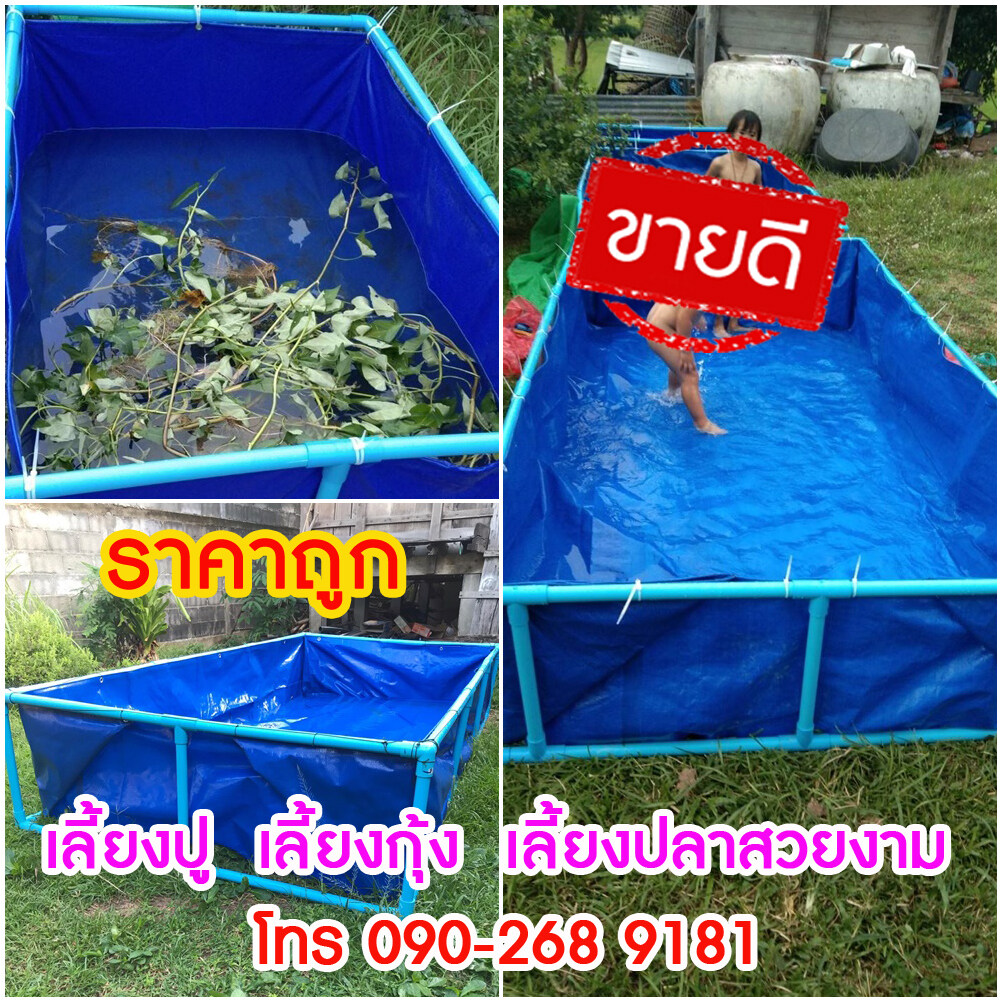
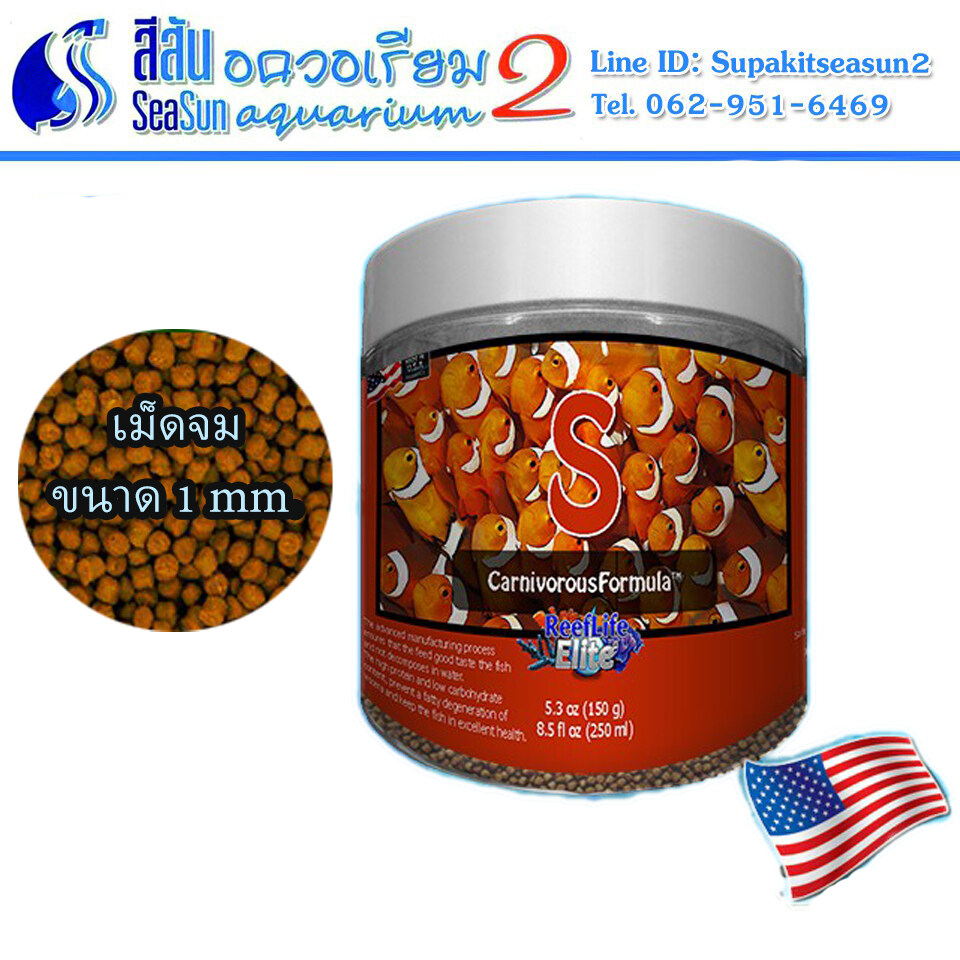

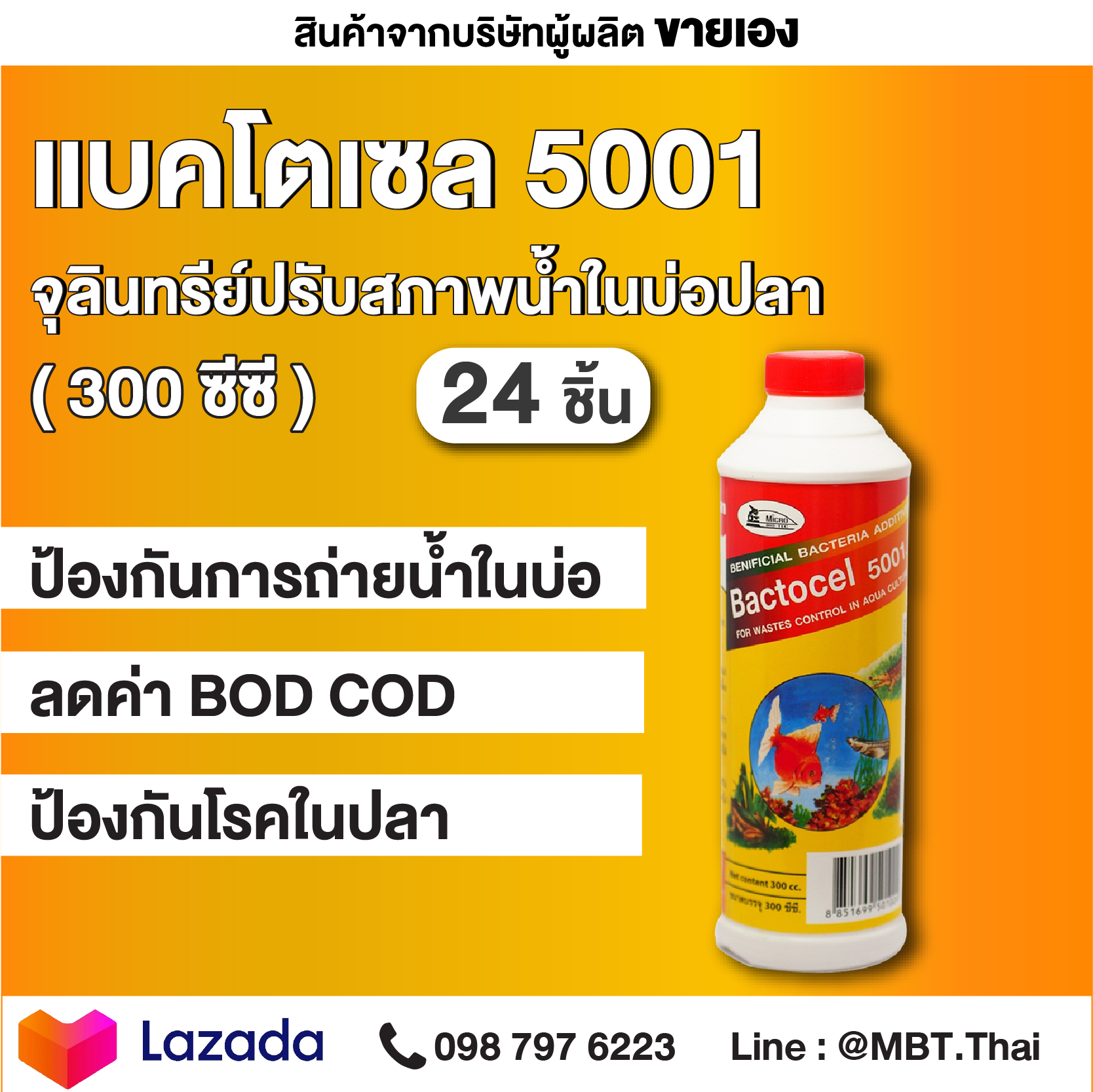
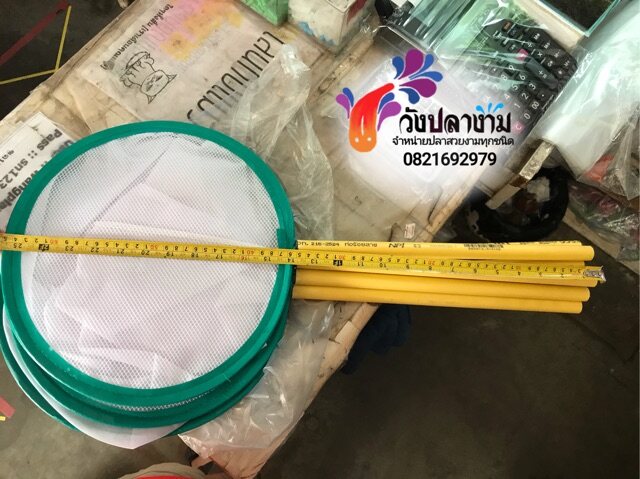
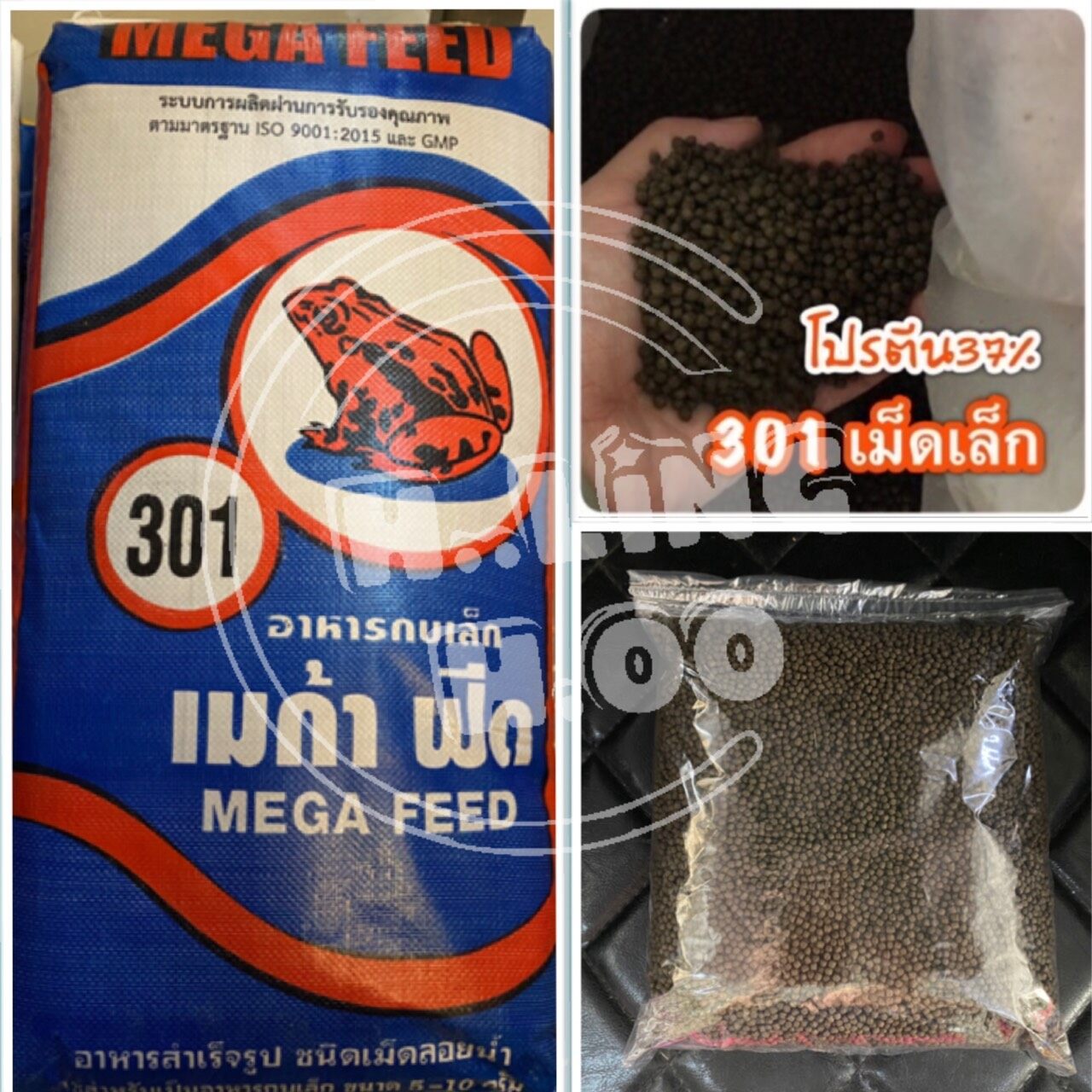

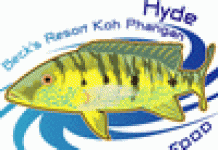



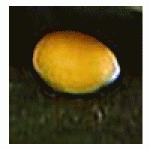





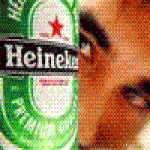


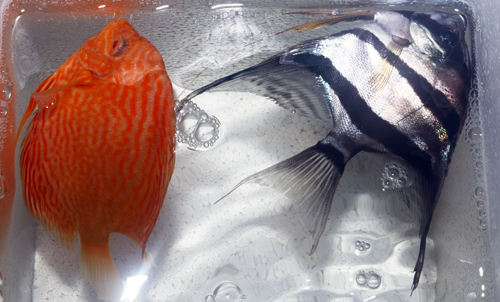

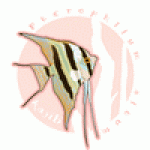

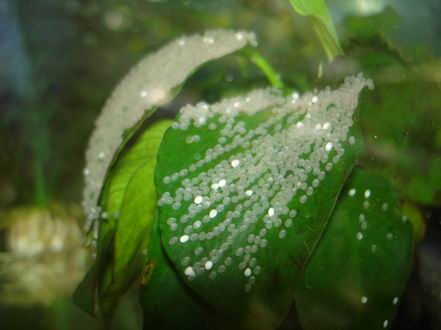
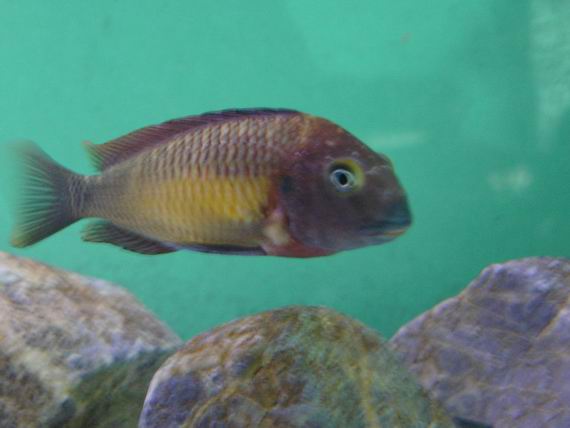
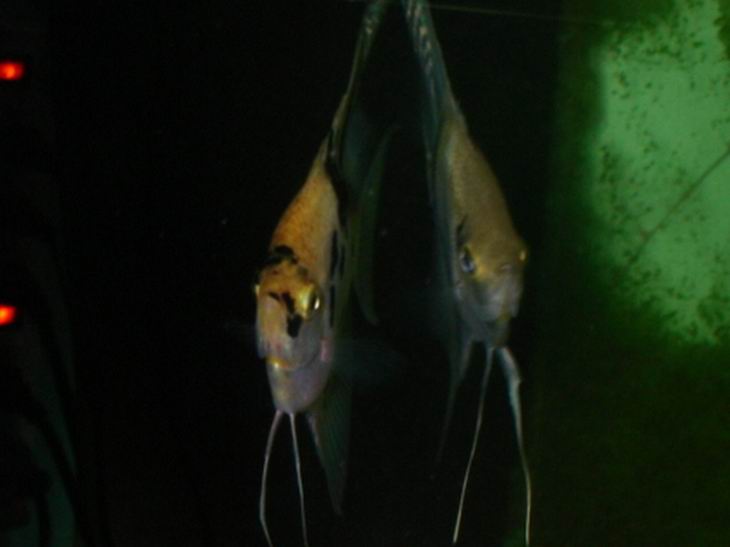
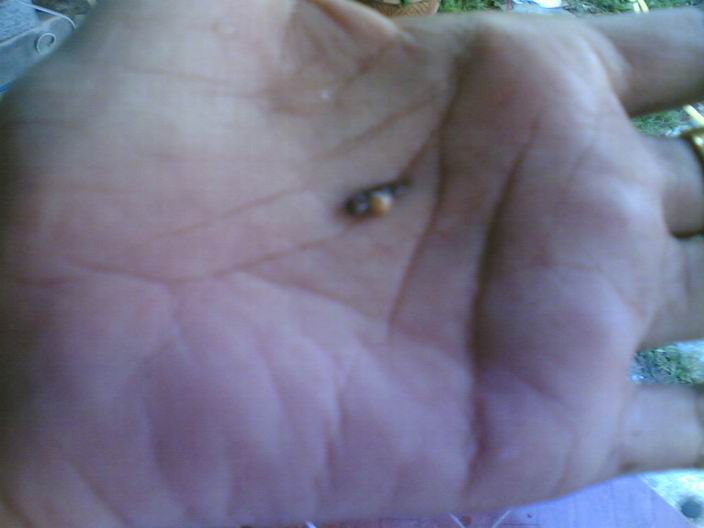
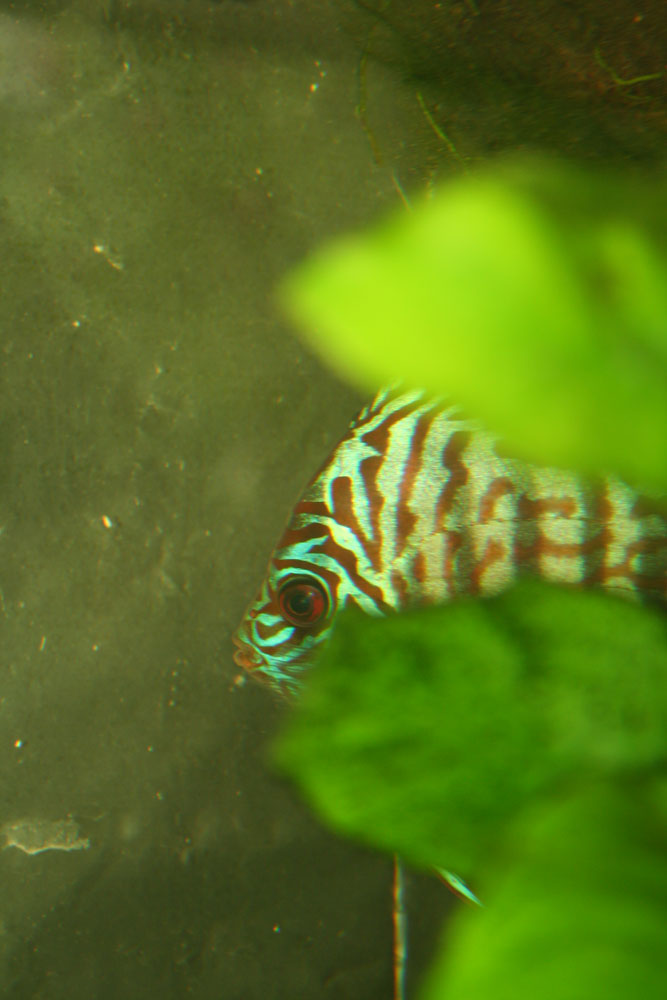
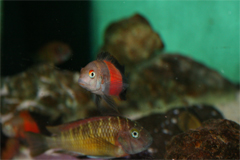
ยาสามัญประจำตู้
เห็นช่วงนี้ มีปลาป่วย แบคทีเรียบูมกันมาก ทั้งๆที่เป็นหน้าฝน คงเป็นเพราะอากาศเปลี่ยน ก็เลยตั้งกระทู้มาถามพี่ๆ เพื่อนๆน้องๆในเวป เกี่ยวกับยาที่เราควรจะมีติดบ้านไว้ พร้อมสรรพคุณ และวิธีใช้คร่าวๆ หรือละเอียดจะดีมาก เพื่อประโยชน์แก่อนุชนรุ่นหลังต่อไป...
แต่เจ้าของกระทู้ยังไม่ค่อยเก่งเรื่องนี้ ขอความกรุณาด้วยนะค่ะ